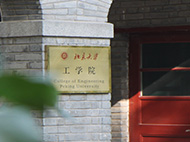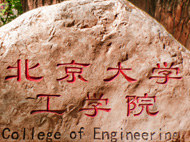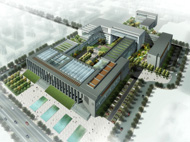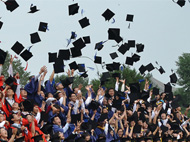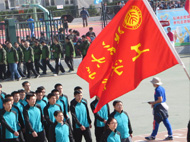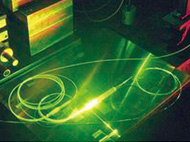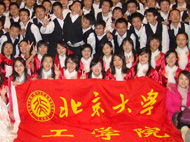主办:力学系与湍流重点实验室
报告人:Victor P.W. Shim Impact Mechanics Laboratory, Department of Mechanical Engineering National University of Singapore
时间:12月6日(星期五)下午15:30-16:30
地点:88858cc永利官网1号楼210
主持人:刘谋斌
Abstract:
Lightweight cellular materials are widely used in load-bearing and energy absorption applications, because of favorable mechanical properties such as high compressibility and low relative density. Unlike conventional foams that comprise stochastic cells, cellular structures fabricated by additive manufacturing can be designed by assembling geometrically identical unit cells, specifically tailored to achieve better energy absorption characteristics and efficiencies. Lattice structures comprising cells that are either axial deformation dominated or bending dominated, have been extensively studied, and both exhibit their unique limitations. The present study sets out to combine the geometrical features of these two types of cells via novel designs of hybrid cellular structures. Test samples are fabricated by employing the Fused Deposition Modelling (FDM) technique, and subjected to quasi-static and dynamic compression. The mechanical behavior and energy absorption characteristics of these new designs are compared with those of traditional Octet and Rhombic Dodecahedron lattice structures. To facilitate meso-scale analysis of the deformation mechanisms observed in quasi-static tests, finite element models are also developed.
Victor Shim (2018)Bio-sketch:
Victor Shim is a Professor of Mechanical Engineering at the National University of Singapore (NUS), and currently also Associate Vice-President for Global Relations. His research interests include dynamic material behaviour, cellular materials, 3D-printed micro-lattices, penetration of high-strength fabrics, and projectile impact on protective structures. He established the Impact Mechanics Laboratory at NUS and is an Associate Editor of the International Journal of Impact Engineering and an Editorial Board Member of Defence Technology.
Victor Shim pursued his Bachelor’s degree at the University of Auckland, supported by a scholarship from the New Zealand government, then returned to Singapore to fulfil military service commitments for three years, and served as an artillery officer. Thereafter, he joined NUS as a Senior Tutor, and concurrently pursued his Master’s degree. He subsequently proceeded to Cambridge University on an NUS scholarship and did his PhD in Impact Mechanics, returning to take on an Assistant Professorship appointment at NUS. He has been a Visiting Scientist at the Tokyo Institute of Technology and a Visiting Scholar at the University of California, San Diego. He has received awards for Teaching Excellence, Innovative Teaching, and Outstanding Service. He has served in university senior administration appointments, and also as a Vice-Dean of the Faculty of Engineering, and a Deputy Head of the Department of Mechanical Engineering.


